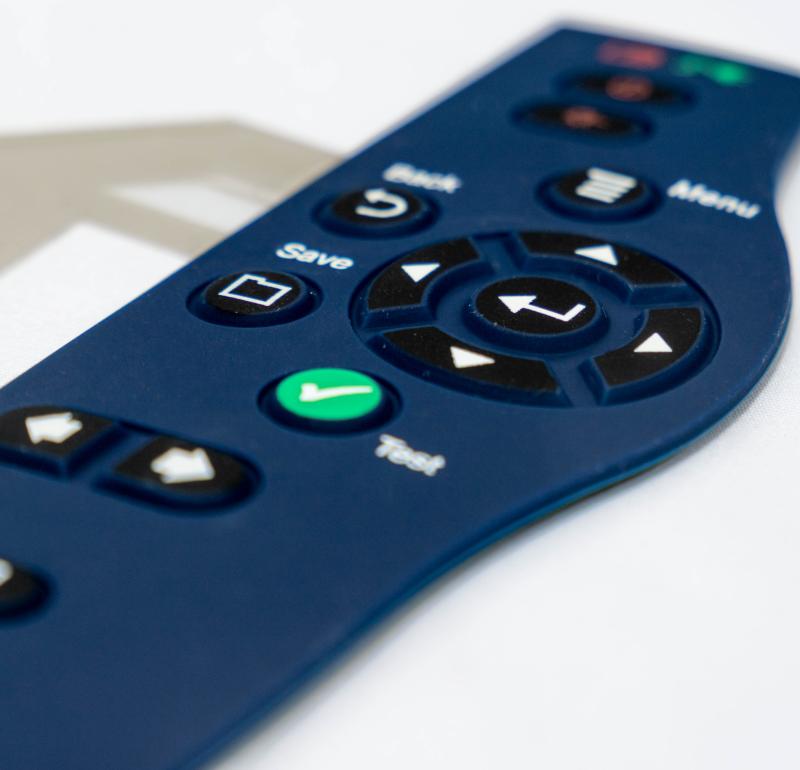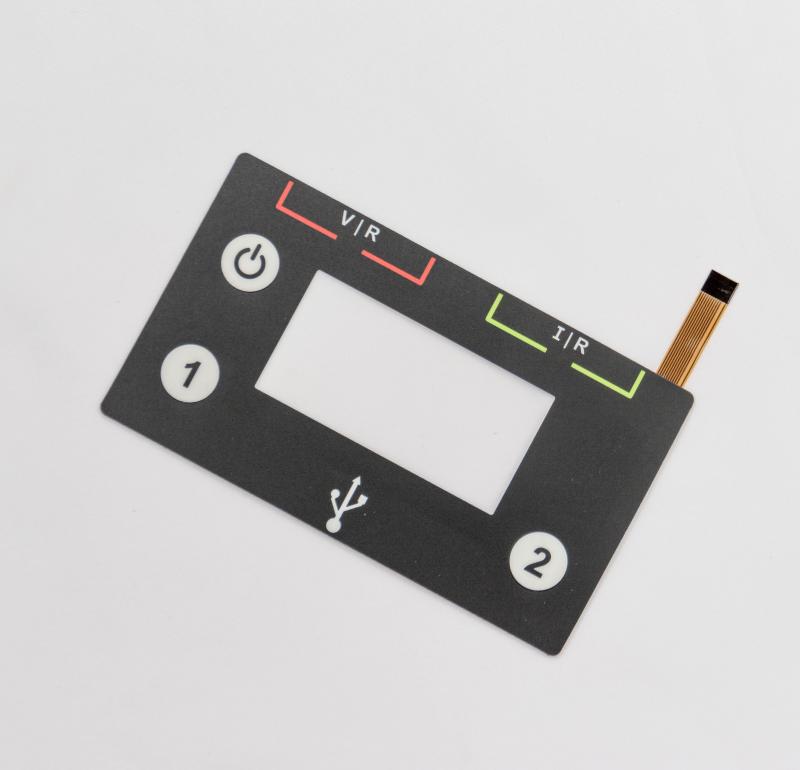Contact
Write to Us And We Would Be Happy to Advise You.
Do you have any questions, or would you like to speak directly with a representative?
By hqt
As technology advances, the demand for backlight membrane switches in various industries has increased. The backlight technology of membrane switches has been a relatively new development, and it is becoming increasingly popular due to its aesthetic appeal and functional benefits. Among the different types of backlight membrane switches, two common varieties are the tactile and non-tactile switches. In this article, we will discuss the differences between these two types of switches and their advantages and disadvantages.


Tactile backlight membrane switches are switches that provide a physical feedback or “click” when activated. This type of switch is designed to simulate the feel of a traditional mechanical switch and provides a more noticeable feedback to the user when the switch is activated. This makes it easier to know when the switch has been activated and reduces the chance of accidental activation.
Non-tactile backlight membrane switches, on the other hand, do not provide any physical feedback when activated. This type of switch is typically quieter and more discreet than the tactile switches. Non-tactile switches are often used in applications where a more subtle switch is desired, such as in high-end medical equipment or luxury vehicles.
The main advantage of tactile backlight membrane switches is that they provide a noticeable feedback to the user when the switch is activated. This makes it easier to know when the switch has been activated, reducing the chance of accidental activation. Additionally, tactile switches are often more durable than non-tactile switches, as they are designed to withstand more frequent use.
The main advantage of non-tactile backlight membrane switches is that they are quieter and more discreet than the tactile switches. This makes them ideal for applications where a more subtle switch is desired, such as in high-end medical equipment or luxury vehicles. Additionally, non-tactile switches are often more aesthetically pleasing, as they do not have any physical feedback mechanisms that can detract from their overall appearance.
One disadvantage of tactile backlight membrane switches is that they can be more expensive to manufacture than non-tactile switches. Additionally, tactile switches can sometimes produce a louder “click” sound when activated, which can be distracting or annoying in certain applications.
One disadvantage of non-tactile backlight membrane switches is that they do not provide any physical feedback to the user when the switch is activated. This can make it more difficult to know when the switch has been activated, which can lead to accidental activation. Additionally, non-tactile switches can be more prone to wear and tear, as they do not have any physical feedback mechanisms to absorb the shock of frequent use.
In conclusion, both tactile and non-tactile backlight membrane switches have their own advantages and disadvantages. When deciding between these two types of switches, it is important to consider the specific needs of your application and choose the type of switch that best suits your requirements. Whether you need a switch that provides a noticeable feedback or one that is more subtle, Niceone-Keypad can help you find the right backlight membrane switch for your needs.
Do you have any questions, or would you like to speak directly with a representative?